Understanding the Benefits of Geogrid Behind the Wall for Stability
Geogrid behind the wall serves as a critical reinforcement, bolstering structural stability and longevity. This innovative solution effectively mitigates lateral pressure, reducing the risk of wall failure by distributing tension forces throughout the soil mass. By anchoring securely into the soil, the geogrid provides essential support, enhancing the wall’s load-bearing capacity. Its grid-like design ensures optimal soil retention, preventing erosion and maintaining the integrity of the wall over time. Incorporating geogrid behind the wall is not just a choice for stability; it’s a strategic investment in the durability and resilience of retaining structures.
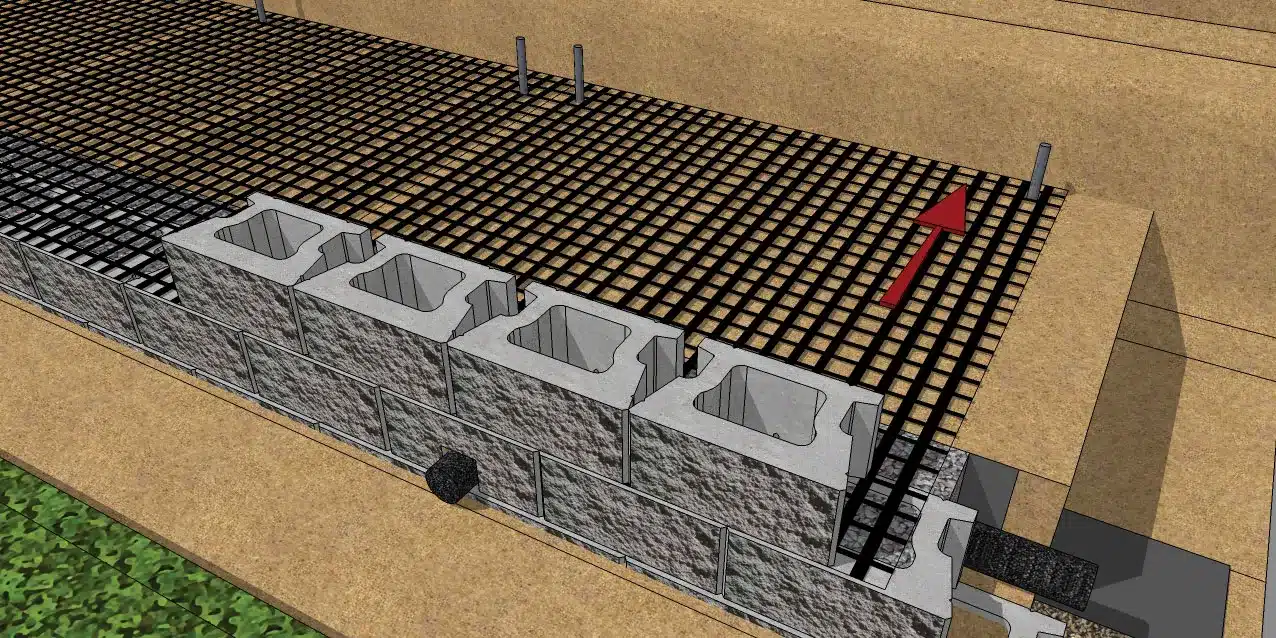
Should I use Geogrid for the retaining wall?
Geogrids offer significant advantages when used in retaining walls, especially those above three or four feet. They reinforce the structure by distributing loads efficiently, preventing soil movement, and enhancing stability. Incorporating geogrids is essential in retaining walls, particularly those above three or four feet, as it can extend the lifespan of the walls while minimizing potential maintenance needs. They’re particularly beneficial in walls supporting steep slopes or handling heavy loads.
What is a geogrid behind a wall?
Geogrid is a synthetic material, often made from polymers or fiberglass, designed with a grid-like structure. Placed behind retaining walls, it acts as a reinforcement layer, providing reinforcement to the unreinforced soil, spreading tension forces, and improving soil stability. Geogrids come in various strengths and configurations, tailored to the specific needs of the wall and soil conditions.
How far back should Geogrid go on a retaining wall?
The placement depth of geogrids behind a retaining wall depends on factors such as soil type, wall height, and engineering specifications. Generally, the geogrid should extend horizontally back into the soil away from the wall, at the design elevation for the entire wall length, or until a wall step is reached. As a rule of thumb, it often extends at least one-third to one-half of the wall’s height, ensuring adequate reinforcement and load distribution.
How do you install a geogrid on a retaining wall?
How to Install Geogrid Reinforcement
- Preparation: Begin by ensuring a stable base for the wall. Excavate the area, compact the soil, and create a level foundation.
- Layering: Lay the base course of blocks or stones, ensuring proper alignment and leveling.
- Geogrid Placement: Install the first layer of geogrid against the soil, starting from the base and extending backward at the recommended depth. Secure it firmly into the soil.
- Backfilling: Gradually backfill behind the geogrid layer, compacting the soil in even increments.
- Layering Continuation: Repeat the process, layering geogrid and backfill until reaching the wall’s top.
- Wall Construction: As the layers progress, build the retaining wall in conjunction with the geogrid, ensuring each layer is securely in place.
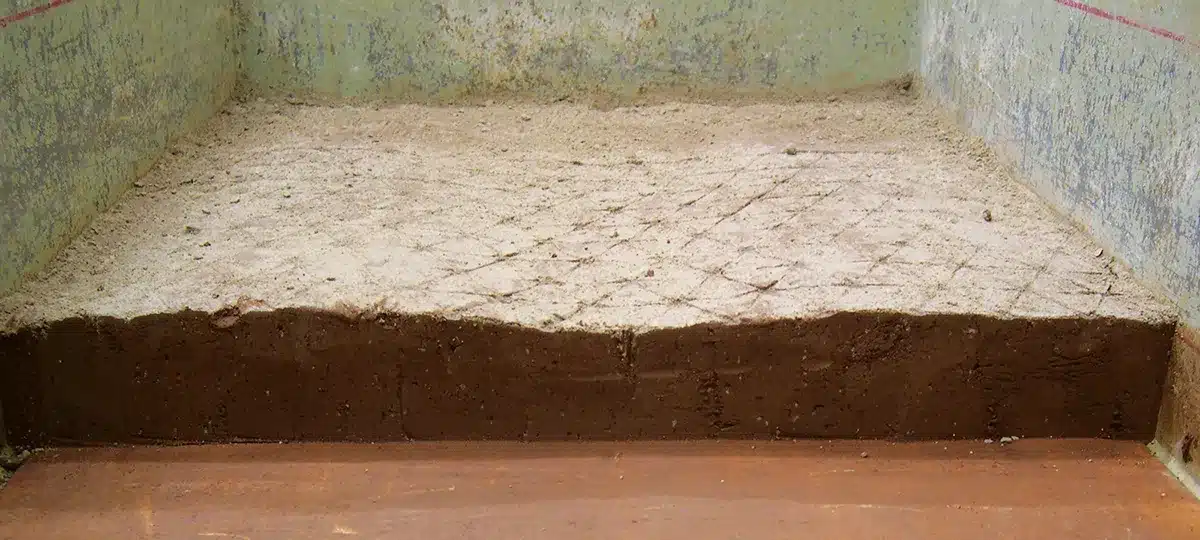
In conclusion, geogrids play a pivotal role in enhancing the stability and longevity of retaining walls. Their use significantly reduces pressure on the structure, prevents soil movement, and reinforces the wall’s strength. When constructing a retaining wall, integrating geogrids properly ensures a robust and enduring solution to soil retention and erosion prevention.
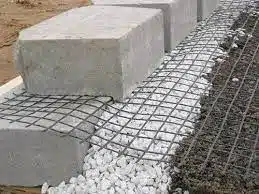
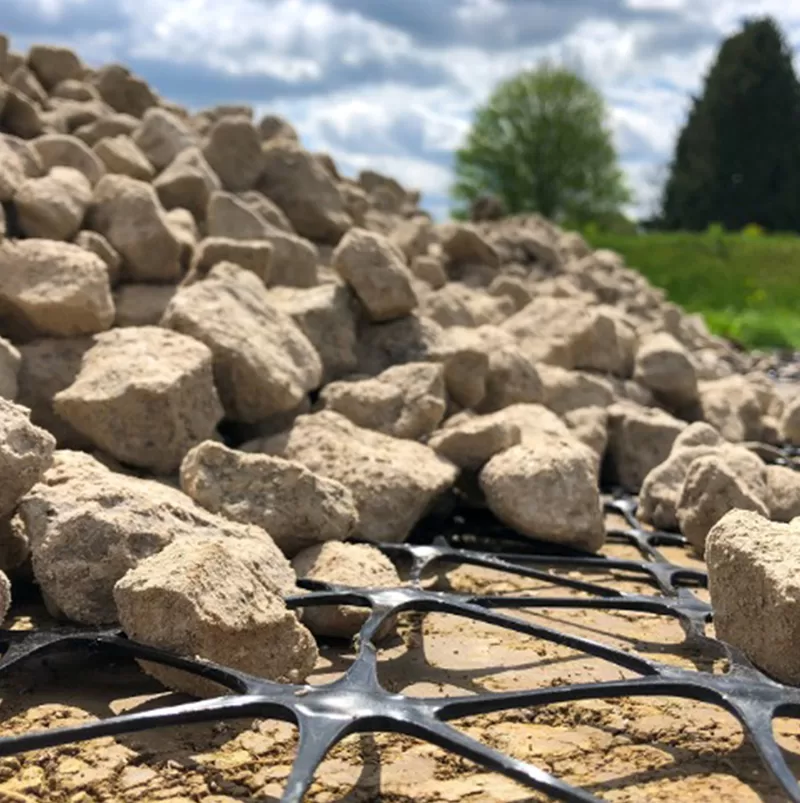
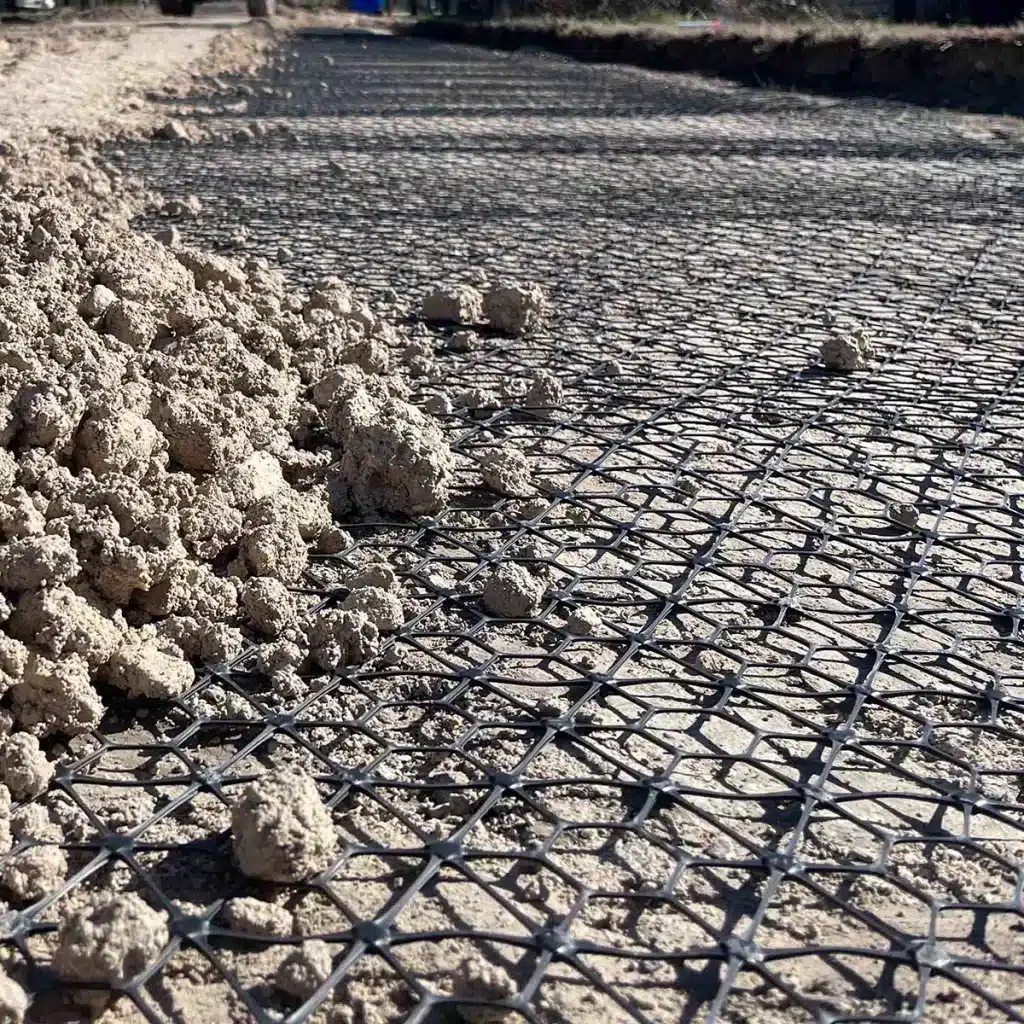
Comments
Post a Comment